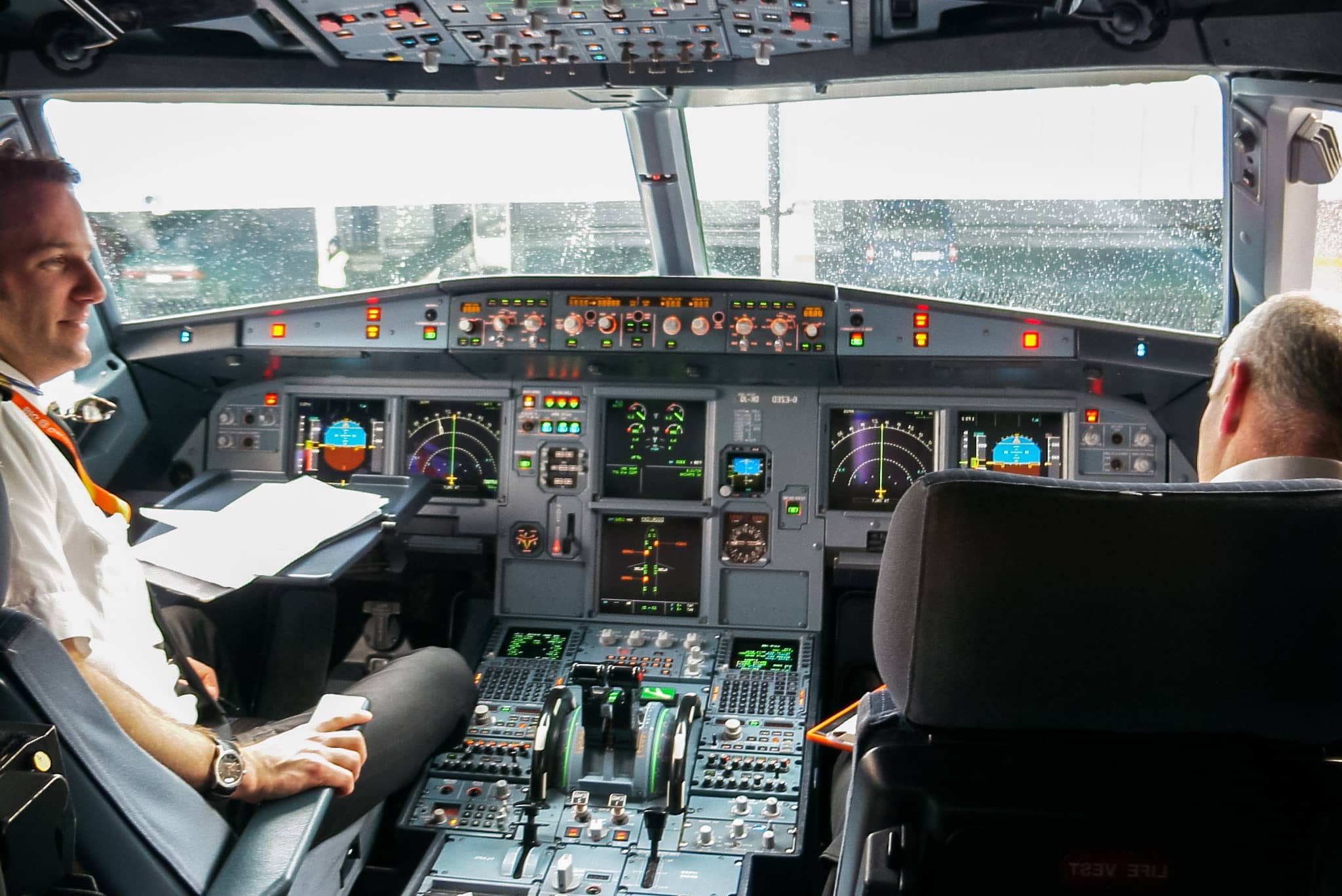
Fly-by-wire systems have revolutionized modern aviation, replacing traditional manual controls with electronic interfaces. But what exactly makes these systems so special? Fly-by-wire technology uses computers to interpret pilot inputs, translating them into electronic signals that control the aircraft. This not only reduces the weight of mechanical components but also enhances safety and performance. Pilots can enjoy smoother, more precise control, while the system can automatically correct for turbulence and other flight anomalies. Fly-by-wire systems are now standard in many commercial and military aircraft, offering a blend of innovation and reliability. Curious about how this technology works and its impact on aviation? Here are 28 fascinating facts that will give you a deeper understanding of fly-by-wire systems.
What is Fly-By-Wire?
Fly-by-wire (FBW) systems have revolutionized modern aviation. Instead of traditional manual controls, these systems use electronic signals to control an aircraft. Let's dive into some fascinating facts about this technology.
-
Fly-by-wire replaces mechanical controls with electronic signals. Traditional aircraft used cables and pulleys. FBW uses computers and wires.
-
The first fly-by-wire aircraft was the Concorde. This supersonic passenger jet introduced FBW in the 1970s.
-
FBW systems improve aircraft safety. They can automatically correct pilot errors and prevent dangerous maneuvers.
-
FBW reduces aircraft weight. Without heavy mechanical components, planes are lighter and more fuel-efficient.
-
Military jets were early adopters of FBW. The F-16 Fighting Falcon was one of the first to use this technology.
How Fly-By-Wire Works
Understanding the mechanics behind FBW can be intriguing. Here's how it functions in modern aircraft.
-
Sensors detect pilot inputs. These sensors convert movements into electronic signals.
-
Computers process the signals. They determine the best way to achieve the desired outcome.
-
Actuators move the control surfaces. These devices receive commands from the computer to adjust the aircraft's wings, rudder, and other parts.
-
Redundancy is key in FBW systems. Multiple computers and backup systems ensure reliability.
-
FBW can perform automatic adjustments. It can stabilize the aircraft during turbulence or other disturbances.
Advantages of Fly-By-Wire
FBW systems offer numerous benefits over traditional controls. Here are some of the most significant advantages.
-
Enhanced maneuverability. FBW allows for more precise control of the aircraft.
-
Reduced pilot workload. Automation helps pilots focus on critical tasks.
-
Improved fuel efficiency. Lighter aircraft use less fuel, saving costs and reducing emissions.
-
Increased safety. FBW can prevent stalls and other dangerous situations.
-
Simplified maintenance. Electronic systems are easier to diagnose and repair than mechanical ones.
Challenges and Limitations
Despite its advantages, FBW systems also face some challenges. Let's explore these limitations.
-
Complexity of design. Developing and testing FBW systems is more complicated than traditional controls.
-
High initial costs. Implementing FBW technology can be expensive.
-
Potential for software failures. While rare, software bugs can pose risks.
-
Pilot training requirements. Pilots need specialized training to operate FBW-equipped aircraft.
-
Dependence on electrical power. FBW systems require a reliable power source to function.
Future of Fly-By-Wire
The future of FBW looks promising, with ongoing advancements and innovations. Here’s what to expect.
-
Integration with artificial intelligence. AI can enhance FBW capabilities, making aircraft even safer and more efficient.
-
Expansion to smaller aircraft. FBW technology is becoming more accessible for general aviation.
-
Improved human-machine interfaces. Better interfaces will make it easier for pilots to interact with FBW systems.
-
Increased use in unmanned aerial vehicles (UAVs). Drones and other UAVs benefit from FBW technology.
-
Advancements in redundancy. Future systems will have even more robust backup mechanisms.
Interesting Facts About Fly-By-Wire
Here are some additional intriguing tidbits about FBW systems.
-
FBW technology is used in spacecraft. NASA's space shuttles utilized FBW for precise control.
-
Commercial airliners widely use FBW. Most modern jets, like the Airbus A320 and Boeing 787, rely on this technology.
-
FBW systems can adapt to pilot preferences. They can be programmed to respond to individual pilot styles.
The Future of Fly-By-Wire
Fly-by-wire systems have revolutionized aviation. These systems replace traditional manual controls with electronic interfaces, making aircraft lighter, more efficient, and safer. Pilots benefit from enhanced precision and reduced workload, while passengers enjoy smoother flights.
As technology advances, fly-by-wire systems will only get better. Expect even more integration with artificial intelligence, leading to smarter, more responsive aircraft. This means fewer delays, improved fuel efficiency, and enhanced safety measures.
Airlines and manufacturers are already investing heavily in these technologies. The future of aviation looks bright, with fly-by-wire systems at the forefront. Whether you're a frequent flyer or an aviation enthusiast, understanding these systems gives you a glimpse into the future of air travel.
Fly-by-wire isn't just a trend; it's the future of aviation. Get ready for a new era of flying.
Was this page helpful?
Our commitment to delivering trustworthy and engaging content is at the heart of what we do. Each fact on our site is contributed by real users like you, bringing a wealth of diverse insights and information. To ensure the highest standards of accuracy and reliability, our dedicated editors meticulously review each submission. This process guarantees that the facts we share are not only fascinating but also credible. Trust in our commitment to quality and authenticity as you explore and learn with us.


